Interview with Rajesh Talwar, Author of The Witch, The Princess And The Tower Of Doom
A reimagined Rapunzel where Princess Pihu redefines courage, empathy, and self-discovery, inviting young readers to look beyond appearances.on Nov 17, 2025
.jpg)
Frontlist: The Witch, The Princess and the Tower of Doom reimagines a classic fairy tale in an Indian setting. What inspired you to reinterpret Rapunzel through Princess Pihu’s story
Rajesh: The tale of Rapunzel—a girl with impossibly long hair, locked away in a tower—resonates strongly with Indian cultural motifs, especially around femininity, beauty, and freedom. In many Indian communities, long hair is a symbol of grace, discipline, and spiritual strength. It's often associated with goddesses like Parvati or Lakshmi, whose flowing locks signify divine beauty and power. Rapunzel’s hair, then, becomes more than a magical ladder; it’s a sacred thread connecting her to her ancestry and identity.
Frontlist: Your portrayal of the witch feels complex — neither entirely wicked nor entirely wise. What made you want to blur the line between good and evil in a story meant for young readers?
Rajesh: In classic fairy tales, the witch is often a one-dimensional antagonist—evil for the sake of being evil. But today’s readers crave nuance. They want to understand why a character behaves the way they do. By blurring the line between good and evil, I was attempting to not simply modernize the story—but hopefully inviting empathy, curiosity, and deeper engagement. The “wicked witch” trope has been much overused. Audiences, even young ones, now expect layered storytelling, where even villains have backstories, motivations, and contradictions.
Today’s generation is media-savvy. They recognize archetypes and often reject them unless they’re subverted or reimagined. Readers are more likely to discuss and dissect a character who challenges their assumptions. When the witch is portrayed as someone who has suffered and been vulnerable, readers are forced to question their own biases. That makes for more powerful storytelling.
In my view, by humanizing the witch, you’re holding up a mirror to society. You’re asking: Who gets labelled as evil, and why? That’s the kind of narrative that lingers long after the last page.
Frontlist: Princess Pihu is not a passive damsel but an active force in her own story. Was this a conscious effort to create stronger, more self-reliant female characters for children?
Rajesh: Yes, it was indeed a conscious and deliberate effort to create a stronger, more self-reliant female character. I expect many of my readers to be girls, and I wanted them to see themselves reflected in a princess who doesn’t simply wait to be rescued—but instead charts her own path. The “damsel in distress” trope no longer resonates with today’s generation. Young readers are growing up in a world where girls are encouraged to be bold, curious, and independent.
A passive princess would hardly inspire admiration. I wanted Pihu to be someone readers could look up to—not just for her beauty or charm, but for her courage, intelligence, and agency. Stories shape how children see the world and themselves. By giving them a princess who is active, capable, and self-aware, the idea was to nurture confidence and ambition in young readers.
Pihu’s journey isn’t just entertainment—it’s a quiet revolution in how we tell stories to girls.
Frontlist: Many of your children’s books — from The Boy Who Wrote a Constitution to The Boy Who Became a Mahatma — encourage courage and compassion. How does this new story continue that journey of inspiring young minds?
Rajesh: You rightly observe that my previous books—The Boy Who Wrote a Constitution, The Boy Who Became a Mahatma, and The Boy Who Fought an Empire—center around young boys who demonstrated extraordinary courage, compassion, and conviction. These stories were never just about history—they were about inspiring young minds to believe in their own power to make a difference.
But it was time to write about a girl. I wanted to create a heroine who could stand shoulder to shoulder with the boys in my earlier books—not as a contrast, but as a continuation of the same spirit.
Princess Pihu is not just a character; she’s a symbol of agency, resilience, and intelligence. She embodies the same values of courage and compassion, but through a lens that many young girls will find deeply relatable. The prince is also more relatable and human than the stereotypical prince you find in such stories.
Ideally, I want girls to read my “boy books” and boys to read my “princess books.” These stories aren’t gendered—they’re human. By writing across gender lines, I hope to normalize empathy, strength, and leadership as qualities that belong to everyone, not just one side of the bookshelf.
Frontlist: The story beautifully weaves lessons about resilience, perception, and empathy. What do you hope children will learn from Princess Pihu’s journey in the Tower of Doom?
Rajesh: I would wish for children to learn how to overcome obstacles while preserving their human values. In that sense, the Tower of Doom is not just a physical place—it’s a metaphor for the emotional, social, and moral challenges we all face as we grow up.
I do hope that children will learn resilience in the face of adversity. The tower represents fear, isolation, and the unknown—those moments in life when we feel trapped or overwhelmed. The story also explores perception—how things aren’t always what they seem. The so-called “doom” of the tower may actually be a place of transformation, where Pihu discovers her inner power. Children will hopefully learn that challenges can be reframed—not as punishments, but as opportunities for growth and self-discovery.
Frontlist: Having worked across continents with the United Nations, how have your global experiences shaped the values you want to instill in your children’s stories?
Rajesh: Having worked with the United Nations for over two decades across three continents, I’ve been deeply influenced by its core values—especially the commitment to non-discrimination based on ethnicity and gender. These principles have subtly but powerfully shaped the stories I choose to tell.
Princess Pihu is dark-skinned and from the south by design. Within India, colorism remains a pervasive issue, particularly in northern regions, and I wanted to challenge that bias through representation. Her character also addresses gender inequality—not by preaching, but by simply existing as a strong, self-reliant heroine. While my work with the UN may not have directly dictated the narrative, it certainly instilled in me a deep awareness of inclusion, equity, and the importance of diverse role models. It’s possible that some of those values found their way into my storytelling, especially when writing for children who deserve to see themselves reflected in empowering ways.
Frontlist: The book invites readers to question appearances and discover wisdom in unexpected places. How important is this idea — of looking beyond the surface — for children growing up today?
Rajesh: Absolutely—this idea of looking beyond the surface is not just important, it’s essential for children growing up in today’s complex, fast-paced world. In many ways, Princess Pihu and the Tower of Doom is a gentle yet powerful invitation for children to practice critical thinking—to question appearances, challenge assumptions, and seek deeper truths.
In an age of information overload, children are constantly exposed to curated images, filtered narratives, and surface-level judgments. Teaching them to pause, reflect, and ask “why” or “what’s beneath this?” is a vital skill. The story encourages young readers not to accept things at face value—whether it’s a label, a stereotype, or a first impression. It shows them that wisdom often hides in unexpected places, and that truth is rarely black and white.
Characters in the book may not be what they seem. A feared witch might have a tender heart. A dark tower might be a place of transformation. These narrative twists help children understand that reality is layered and nuanced.
As children grow, they’ll face situations where things aren’t as simple as they appear—conflicts, friendships, decisions. Stories like this equip them with the mental tools to navigate those moments with clarity and integrity. It’s not just about being smart—it’s about being wise. And wisdom begins with curiosity, scepticism, and the courage to look deeper.
Frontlist: If you could summarize the spirit of The Witch, The Princess and the Tower of Doom in one message for young readers, what would it be?
Rajesh: Go beneath the surface of things. You may not find gold, but hidden truths and vast treasures of meaning and wisdom.


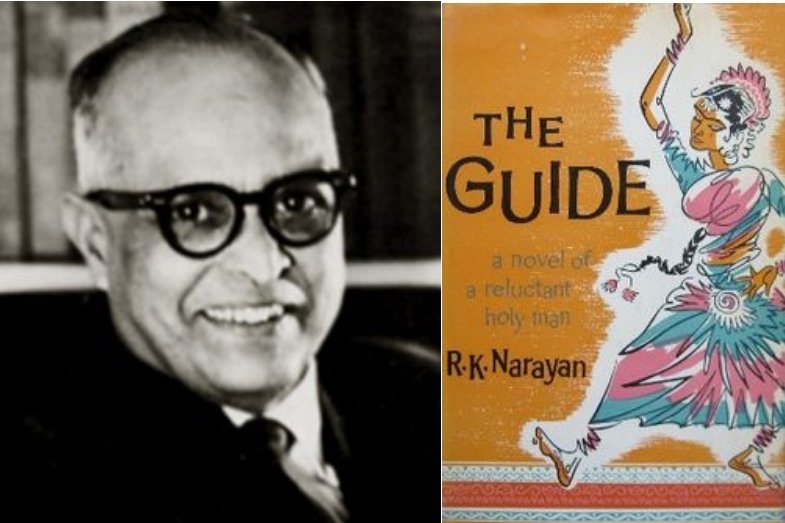
.jpg)



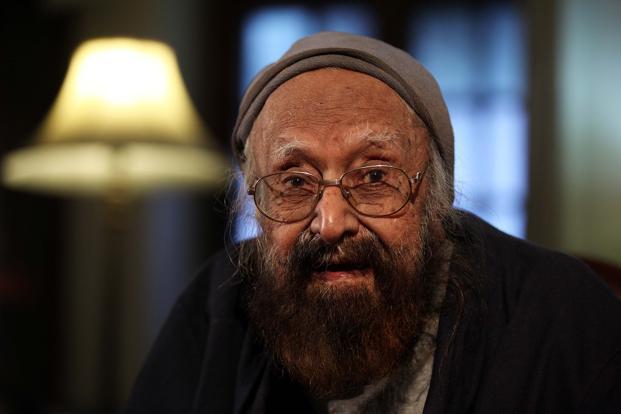
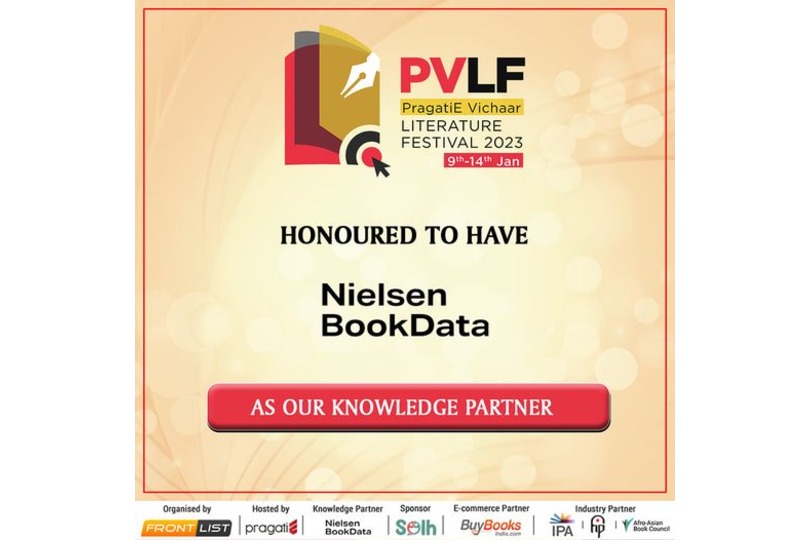

.jpg)

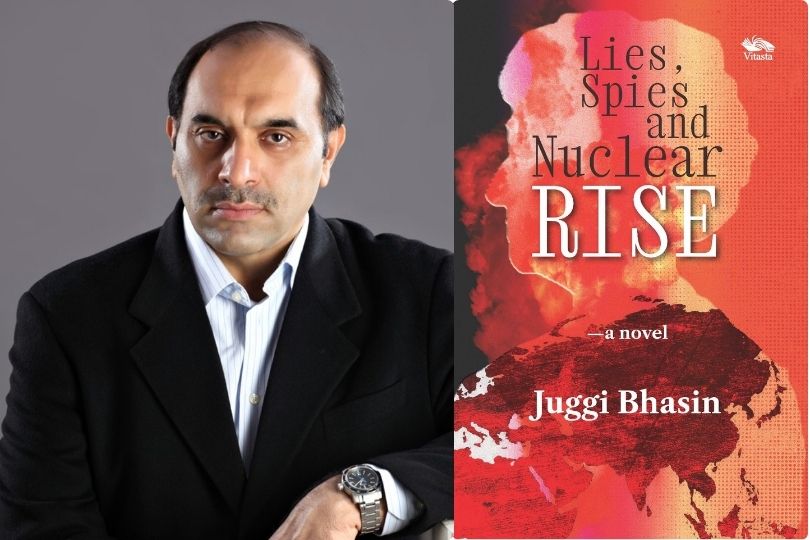
.jpg)
.jpg)
.jpg)
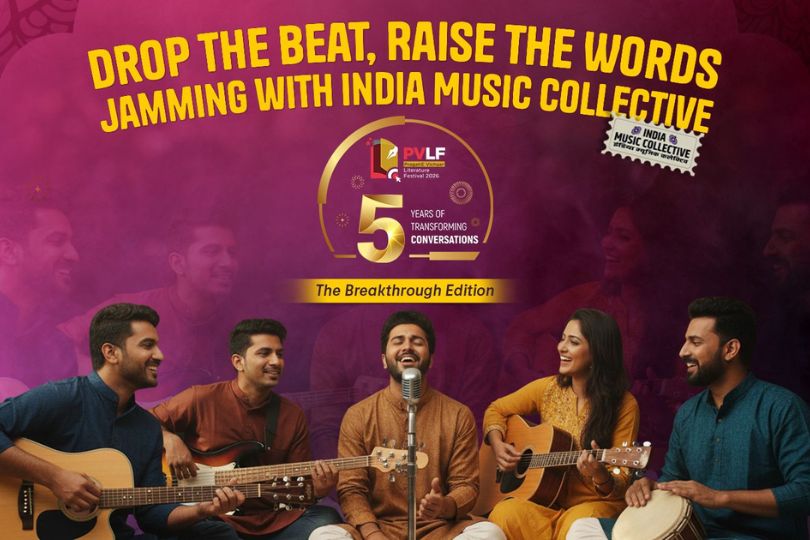
.jpg)
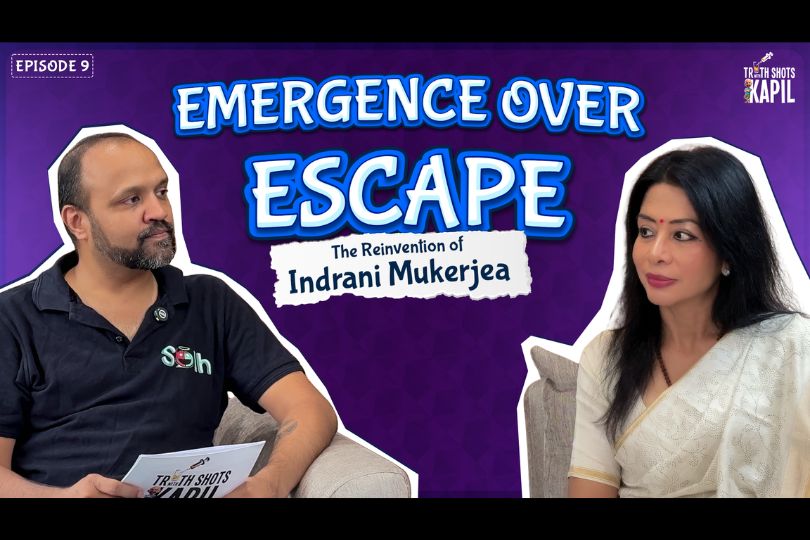
.jpg)


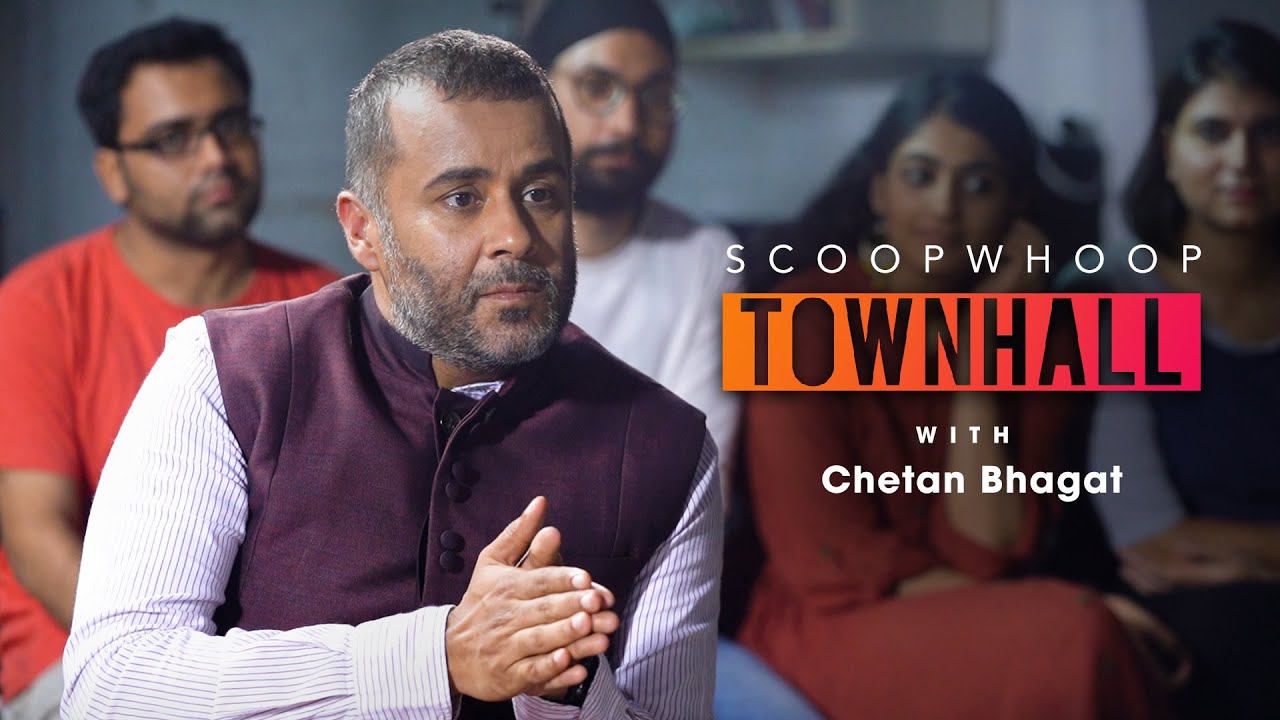
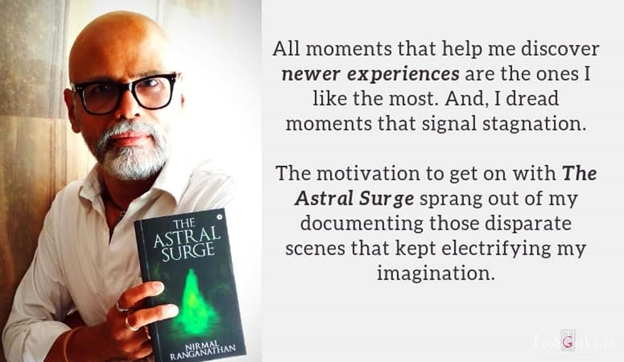
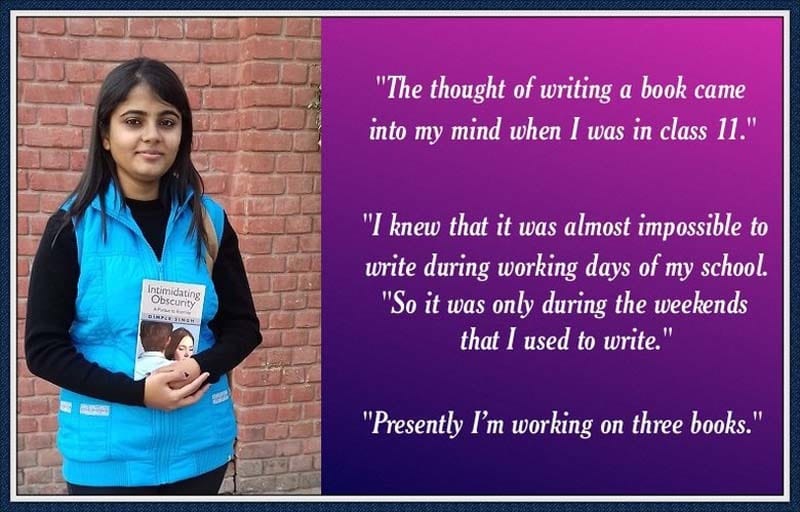
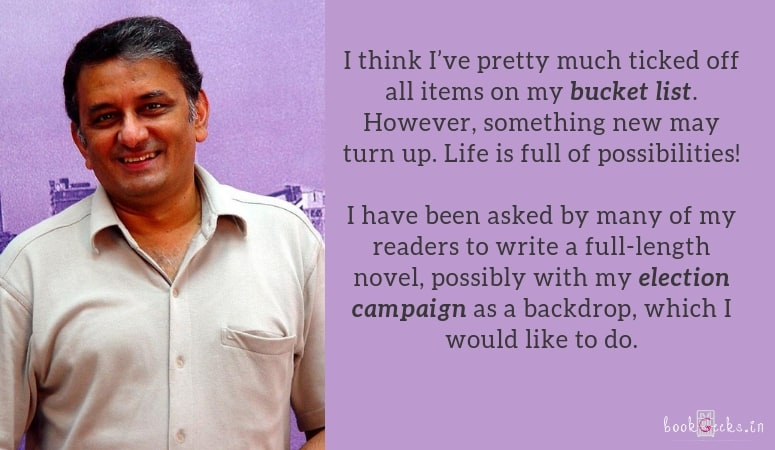
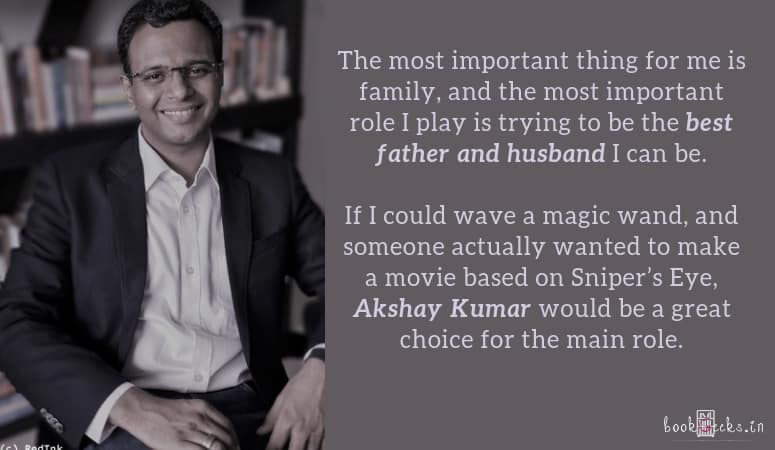
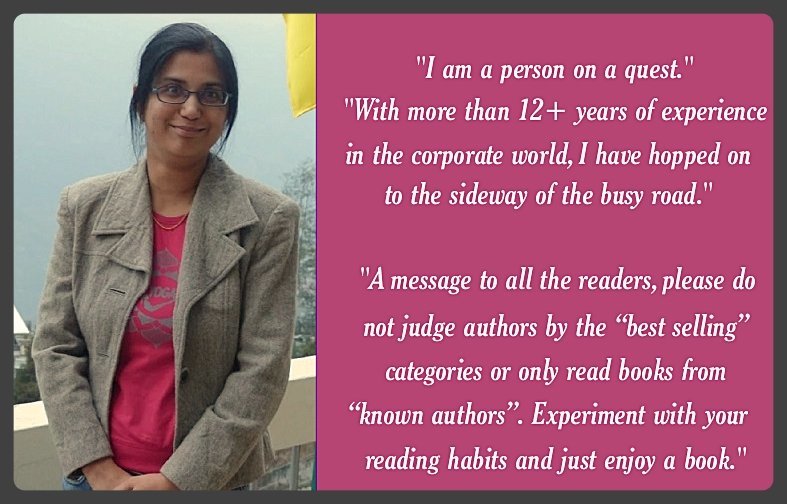


Sorry! No comment found for this post.